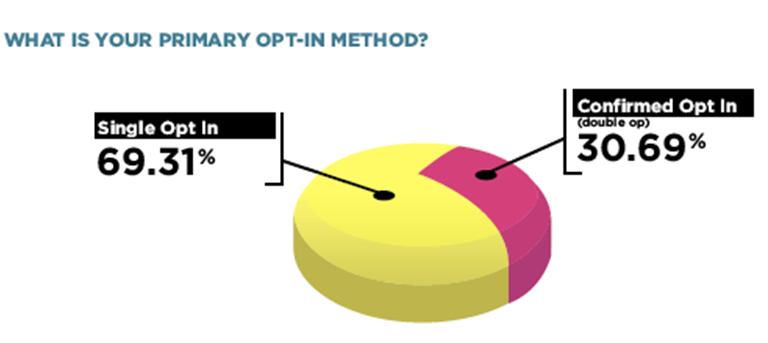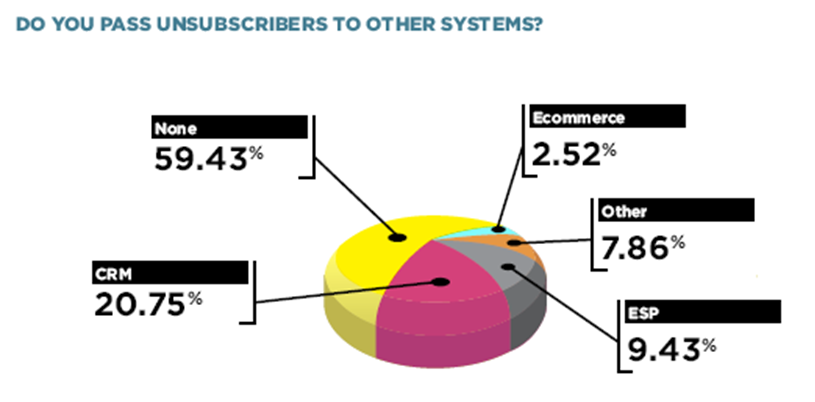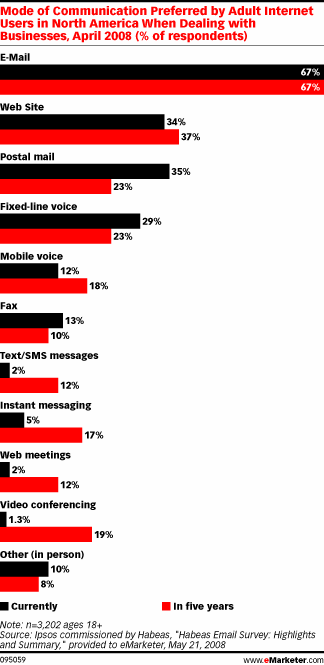What is it?
FriendFeed is a new web 2.0 service that enables you to aggregate all of your, and your friends, online activity and conversations in one place.
How does it work?
It uses RSS feeds to pull in the information from a wide (and growing) number of sources and places them in one feed so you can see everything in one place. RSS means that FriendFeed will be scalable in the future as you don’t need developers and open access APIs to create new content, RSS is the common standard for sharing information across the internet.
Why should I care?
The atomisation of the web means that users have pockets of information fragmented all over the web. Just think about a regular person who watches, favourites and maybe posts a few videos on You Tube, puts their family holiday snaps on Flickr, comments on a blog they read daily, shares links from their Google Reader. Multiply this by a blog you write, the comments on that blog, the links to it, tweets on Twitter, Facebook updates, de.licio.us, digg and stumble upon tags. And then multiply by the number of friends you follow and the fragmentation and amount of this information becomes overwhelming to the point of overload.
FriendFeed helps that by aggregating all that information in one place so you don’t have to traverse 5, 6, 7, 8 + websites to keep in touch with the information. It helps you stay on top of what’s grabbing your friends’ attention and keeps you connected. You also get full control of the people you follow and can un-follow at any time.
And because it’s all RSS enabled, you can distribute that content to where you want it: Google Reader, your personal homepage (iGoogle, MSN Live etc.).
But I’ve only just discovered Facebook!
It’s true that FriendFeed is pretty much used by the early adopters at the moment and true that you would have to again subscribe to/follow friends which is a chore. But the benefits of having everything in one place for those who currently suffer web 2.0 overload are worth it. There’s even a feature called “imaginary friend” where you can pull in a feed of someone who you want to read – a thought leader perhaps – but you aren’t their actual friend. This overcomes the limitations and annoyance of Facebook where you do actually need to know people.
In summary
FriendFeed gives you control over the web 2.0 noise and lets you consume it in a way that is relevant to you.
More bedtime reading:
http://scobleizer.com/2008/05/18/why-friendfeed-wont-go-mainstream/
http://scobleizer.com/2008/05/18/why-friendfeed-will-go-mainstream-part-ii/
In response to a press request via headstream (who I also do digital planning goodness for in my role at LCG), I did this. So I thought I would share it.
UPDATE 03.06.08
My input helped to spawn this article in NMK where I get a quote.
"The atomisation of the web means that users have pockets of information fragmented all over the web. Just think about a regular person who watches, favourites and maybe posts a few videos on YouTube, puts their family holiday snaps on flickr, comments on a blog they read daily, shares links from their Google Reader. Multiply this by a blog you write, the comments on that blog, the links to it, tweets on Twitter, Facebook updates, de.licio.us, digg and stumble upon tags. And then multiply by the number of friends you follow and the fragmentation and amount of this information becomes overwhelming to the point of overload," said Nicholas Gill, planner at headstream PR.
"FriendFeed helps that by aggregating all that information in one place so you don't have to traverse numerous websites to keep in touch with the information. It helps you stay on top of what's grabbing your friends' attention and keeps you connected. You also get full control of the people you follow and can un-follow at any time," continued Gill. "FriendFeed gives you control over the web 2.0 noise and lets you consume it in a way that is relevant to you."
Nicholas Gill


